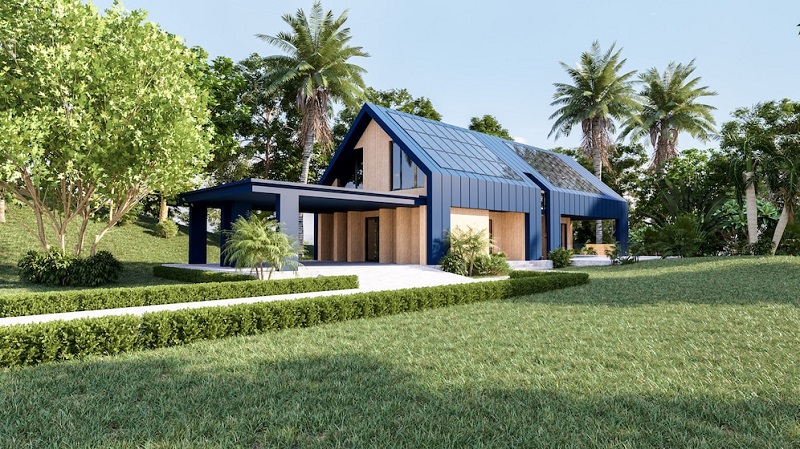If you’re looking to improve your home’s energy efficiency, then a whole house-avenue should be at the top of your list. Whole house-avenue systems are designed to take advantage of every possible stream of air and water that flows through your home. This means that they can all be monitored and optimized together, which maximizes their potential for efficiency.
Whole house-avenues come in a variety of configurations, but the most common type is the centralized system. In this type of system, all the sensors and pipes are located in one central location, which makes it easier to monitor and optimize everything. Centralized systems also tend to be more expensive than decentralized ones, but they offer greater flexibility and performance.
What is a Whole House-Avenue?
A Whole House-Avenue is a type of home that integrates indoor and outdoor spaces in order to optimize living conditions. It features an open floor plan with large windows that allow natural light and fresh air into the house, as well as high ceilings that let in plenty of sunshine. Additionally, it has a variety of insulation materials and finishes so that it can be tailored to the climate where it’s being built.
Whole House-Avenues are becoming increasingly popular because they provide residents with more comfort and convenience than traditional homes. They’re also more sustainable because they use less energy and resources than traditional homes. Plus, they’re often cheaper to build, which makes them a good option for people who want to live in an environmentally-friendly way.
How to Choose the Right One for Your Home
If you’re looking to invest in a whole-house solution, then you’ll want to consider whether it’s the right fit for your needs.
A whole-house solution is a system that combines all the different areas of home renovation into one large project. This can include everything from renovating your roof and windows to building a new bathroom and kitchen.
There are many benefits to choosing a whole-house solution, including the fact that it can be very cost effective. It also allows you to get all of your home improvements done at once, which can save you time and hassle. Furthermore, this type of renovation can often be more energy efficient than any individual project would be.
However, before you choose a whole-house solution, it’s important to ensure that it’s the right fit for your needs. This means that you need to carefully evaluate what exactly you want improvement in each area of your home, and determine how much money you’re willing to spend on each project. Once you’ve made these decisions, it’s easy to find the perfect whole-house solution for your home!
Conclusion:
Overall, a whole house-avenue system is a great way to improve your home’s energy efficiency and achieve some other major benefits like improved air quality and decreased noise levels. If you’re interested in learning more about them or installing one yourself, our team at Energy-Savers can help you get started right away!









